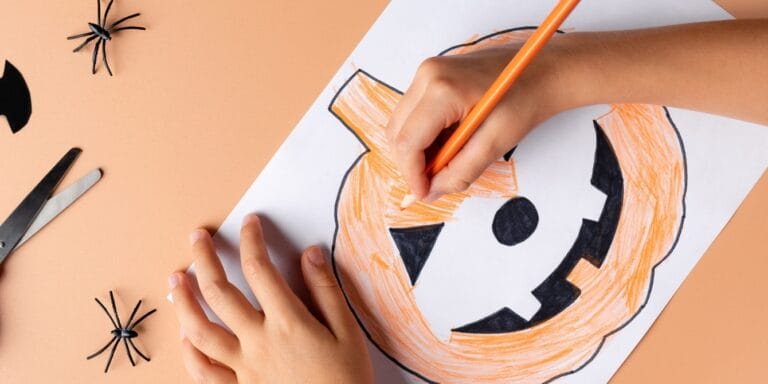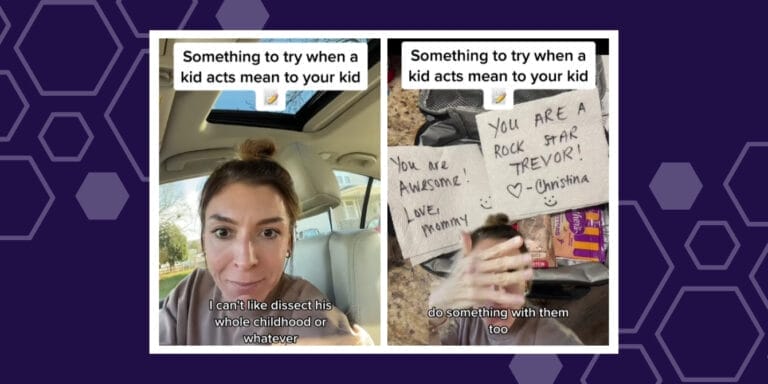Why you should just let your kids eat their Halloween candy

Do parents need to ration the candy?
Table of Contents
On my first Halloween as a trick-or-treater my dad served me a milkshake on top of letting me gorge on candy, so while I started the night dressed as a clown, I ended it by channeling Linda Blair in The Exorcist. My little stomach could only take so much.
Clearly, toddler me needed an adult to set some limits on my sugar intake, but when we’re talking about older kids, do parents need to ration the candy? According to one expert, the answer is no.
Let them eat candy
“The goal is to trust them to trust themselves,” says registered dietitian Emily Fonnesbeck, “It’s very normal for them to eat more than necessary on Halloween night and maybe even the day after.”
A mom herself, Fonnesbeck recommends parents let trick-or-treaters enjoy their Halloween booty tonight and tomorrow, and accommodate a less hedonistic approach to consuming candy in the coming days. “Parents can use a flexible structure where they have set meal and snack times, and candy can be a part of those if the kids request it,” she says.
This kind of approach is part of what noted nutritionist and author Ellyn Satter calls the Division of Responsibility in Feeding. Basically, Satter believes part of a parent’s job is to trust a child to be responsible for whether they eat something, and for how much of it they do eat.
According to Fonnesbeck, trying to control a kid’s candy intake on the big night can backfire, and limits their opportunity to learn about making good food choices for themselves, even when they’ve got a pillowcase full of candy.
She suggests parents use neutral language when describing food so as not to give too much power to any one food, food ingredient or food group. Sugar is just sugar, after all.
“If we make candy a big deal, it will be a big deal,” she says. “If we talk about it like any other food, it’s more likely that kids will be able to self-regulate their food choices to include a wide variety of foods instead of feeling preoccupied, worried or shameful for food choices.”
According to Fonnesbeck, no child is too young to be capable of deciding for themselves whether they should eat Halloween candy, or anything else.
“Infants, toddlers, children and adolescents are all fully capable of self-moderation if parents and caretakers are careful not to overstep their boundaries in telling them to clean their plate or stop eating because they think they’ve had enough,” she says. “That’s where the lack of self-trust, rebellion or food shaming may occur that blocks their innate ability to know how to behave around food.”
As long as there’s a regular structure with meal and snack times where a variety of nourishing foods are served, kids learn to self-regulate. According to Satter’s website, when little kids get to regularly eat as much as they want of high-calorie, low-nutrient foods (like Halloween candy), they don’t go candy crazy when when they reach the older school-age years or adolescence and access to unsupervised sweets becomes more common.
Some experts advocate for limits
There are plenty, though, who say kids should not get to gorge on Halloween. According to the American Heart Association, kids under two shouldn’t have any foods or beverages with added sugars, and this includes Halloween candy.
A recent study published in the organization’s journal suggests children ages 2 to 18 should eat less than six teaspoons of added sugars daily—it only takes a couple candy bars to go over that limit.
Ultimately, it’s up to us parents to decide how much candy a child has access to.
Deciding whether your child gets to eat just one piece or their whole haul can be the scariest part of Halloween.
[Originally published October 31, 2017]





































